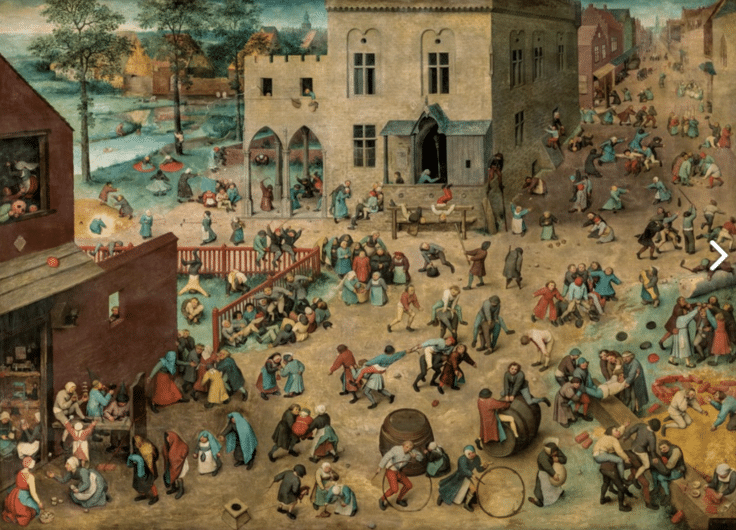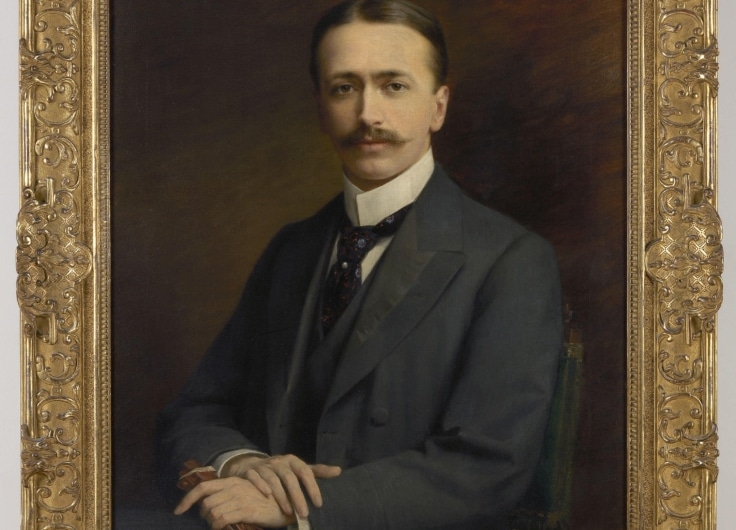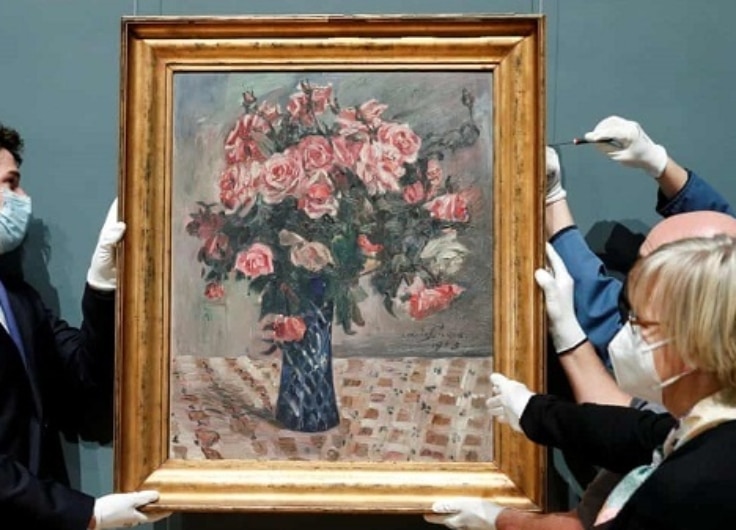arts
Grand Reopening of the Royal Museum of Fine Arts Antwerp
, translated by Anna Asbury
28 September 2022 6 min. reading time
This is an article from our print archive. Just a moment, we scan it for you.
"*" indicates required fields






